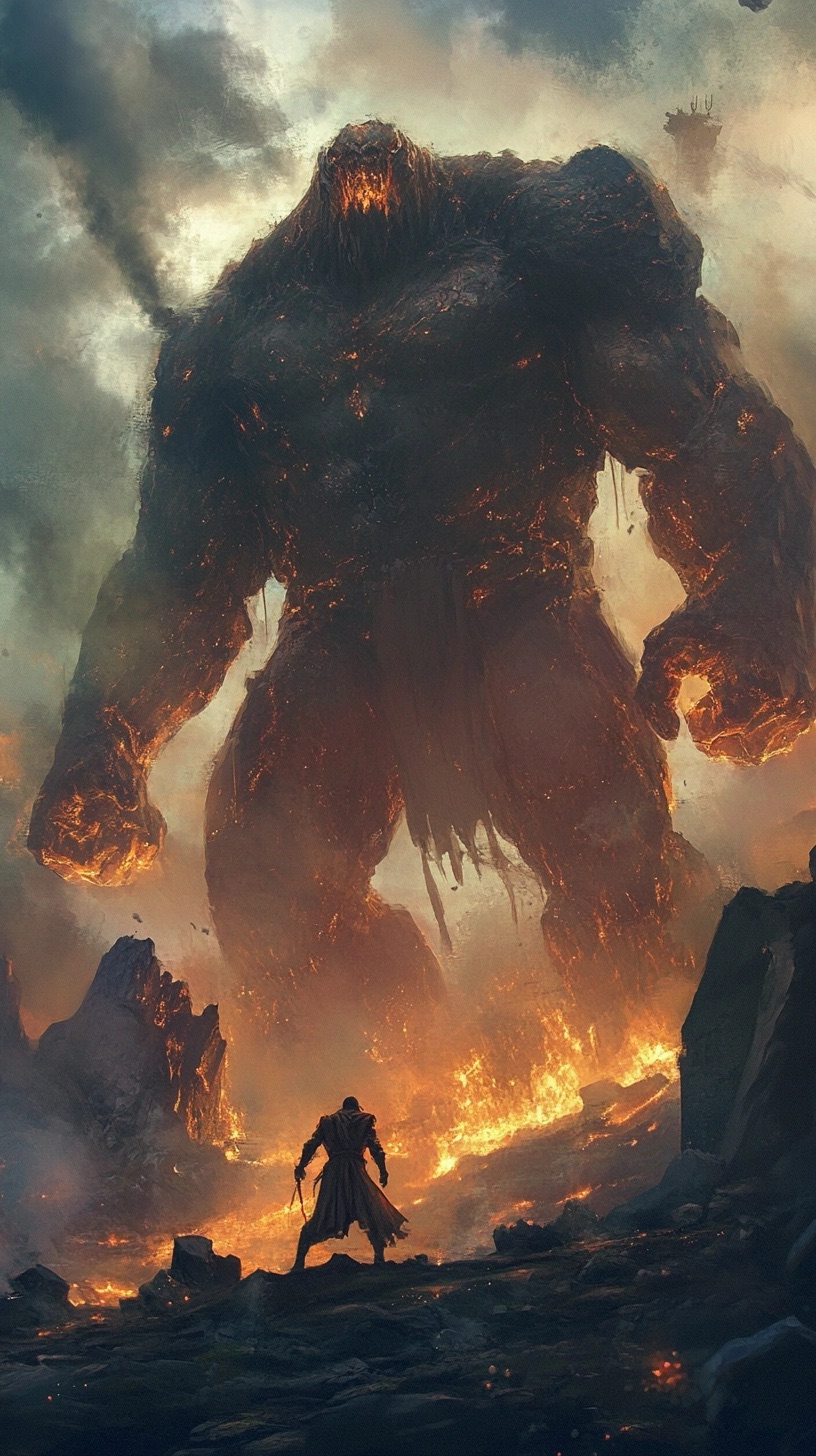
In the realm of storytelling, few elements are as universally thrilling and demanding as the action scene. A well-crafted action scene can elevate a narrative, driving the plot forward while immersing the reader in a visceral, heart-pounding experience. But creating such scenes is far from straightforward. It requires a nuanced understanding of pacing, choreography, character development, and emotional stakes. The most memorable action scenes are those that seamlessly blend these elements, creating moments that resonate long after the dust has settled.
The Essence of Momentum: Pacing in Action Scenes
At the heart of any great action scene is its pacing. Pacing determines how fast or slow the events unfold, dictating the rhythm of the scene. An action scene that is too slow can lose its intensity, while one that is too fast may confuse or overwhelm the reader. Striking the right balance is crucial.
Pacing can be manipulated through sentence structure and word choice. Short, staccato sentences can create a sense of urgency and immediacy, mimicking the rapid movements and split-second decisions often required in action. On the other hand, longer, more complex sentences can be used to slow down the action at key moments, allowing the reader to absorb the details and the gravity of the situation.

For example, consider a chase scene. The protagonist might be darting through crowded streets, dodging obstacles and glancing over their shoulder at the pursuer. In this scenario, a writer might use a series of short, fragmented sentences to convey the rapid pace and the protagonist’s heightened state of alertness:
“He ran. Feet pounding. Breath ragged. A quick glance over his shoulder—too close. No time to think. Just run.”
As the scene progresses and the character reaches a moment of temporary safety, the pacing might slow, allowing for a brief respite and reflection:
“He ducked into an alley, chest heaving. For a moment, the world narrowed to the sound of his own heartbeat, loud and erratic. The danger wasn’t over, but he had a moment—a precious, fleeting moment—to gather his thoughts.”
This variation in pacing not only keeps the reader engaged but also mirrors the natural ebb and flow of adrenaline in such intense situations.
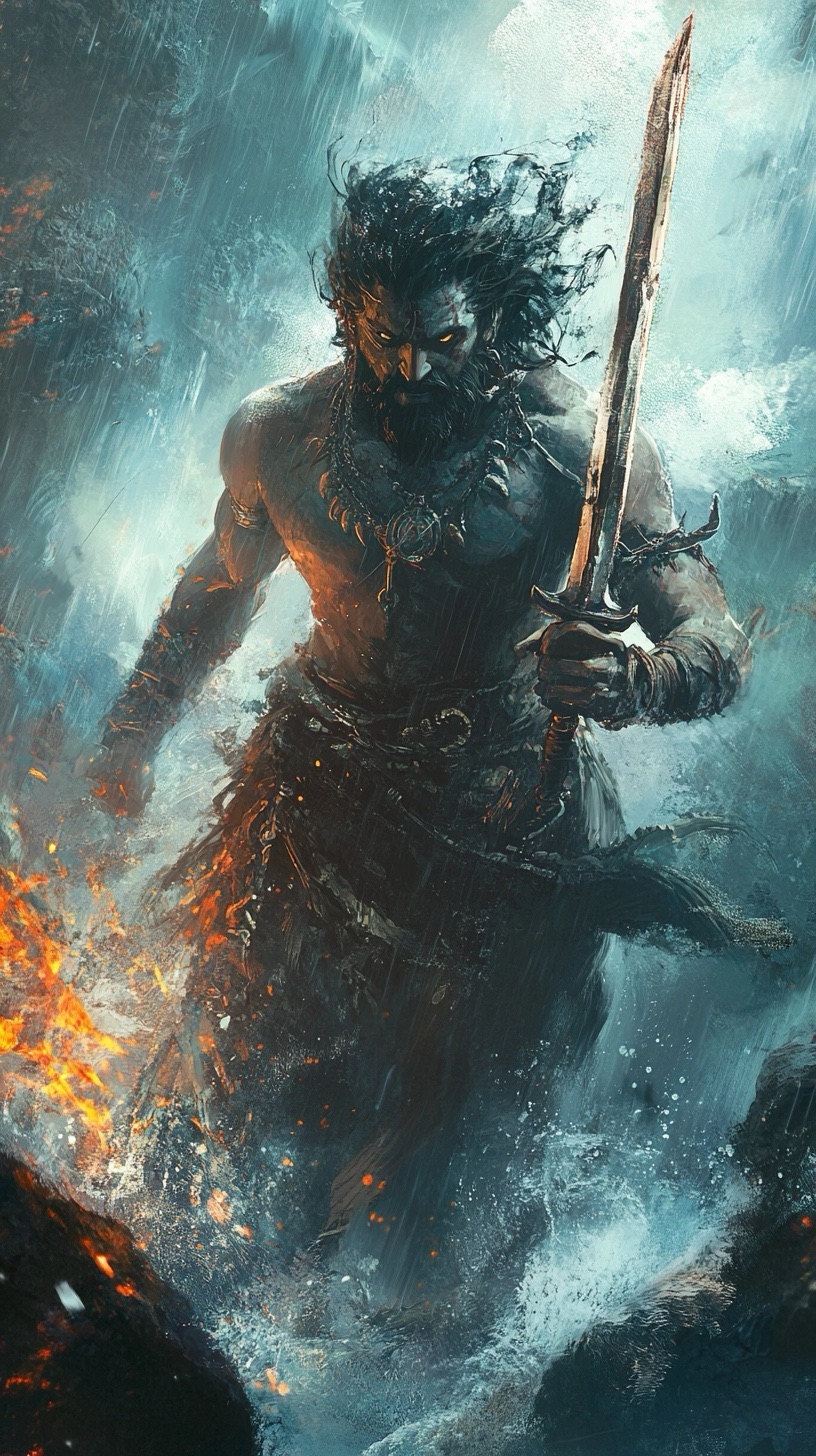
Choreography and Clarity: The Dance of Combat
Action scenes often involve physical confrontations, be they fistfights, gun battles, or sword duels. Choreographing these encounters on the page is a delicate art. The key lies in clarity—ensuring that the reader can follow the sequence of events without getting lost in a tangle of limbs or weapons.
One common mistake in writing fight scenes is the overuse of technical jargon or overly detailed descriptions. While it might be tempting to showcase a deep knowledge of martial arts or weaponry, doing so can alienate readers who aren’t familiar with the terminology. Instead, it’s more effective to focus on the impact and emotion behind each move.

For instance, rather than detailing the exact mechanics of a punch or kick, a writer might describe the sensation of impact or the character’s reaction:
“His fist connected with a sickening crunch, sending a jolt up his arm. Pain shot through his knuckles, but he didn’t care. The man staggered back, clutching his face, blood trickling from between his fingers.”
This approach keeps the focus on the action’s emotional and physical consequences, which are more universally relatable than the specifics of technique.
Moreover, the choreography of a fight should reflect the personalities and skill levels of the characters involved. A trained soldier and a street brawler would fight very differently, and these differences should be evident in their movements and strategies. The environment also plays a critical role—fighting in a cramped alley is vastly different from dueling in an open field, and the surroundings should influence the characters’ choices and tactics.

Character and Conflict: More Than Just a Physical Battle
While the physical aspects of action scenes are important, they should never overshadow the emotional and psychological dimensions of the conflict. Every punch thrown, every bullet fired, should have a purpose that extends beyond mere survival. The best action scenes are those that reveal something about the characters— their fears, their desires, their limits.
Consider the difference between a fight scene where two characters are merely trying to overpower each other and one where there are deeper stakes at play—such as a character confronting a former friend or struggling against an inner demon. In the latter, the physical conflict is intertwined with an emotional one, adding layers of complexity and making the outcome more meaningful.
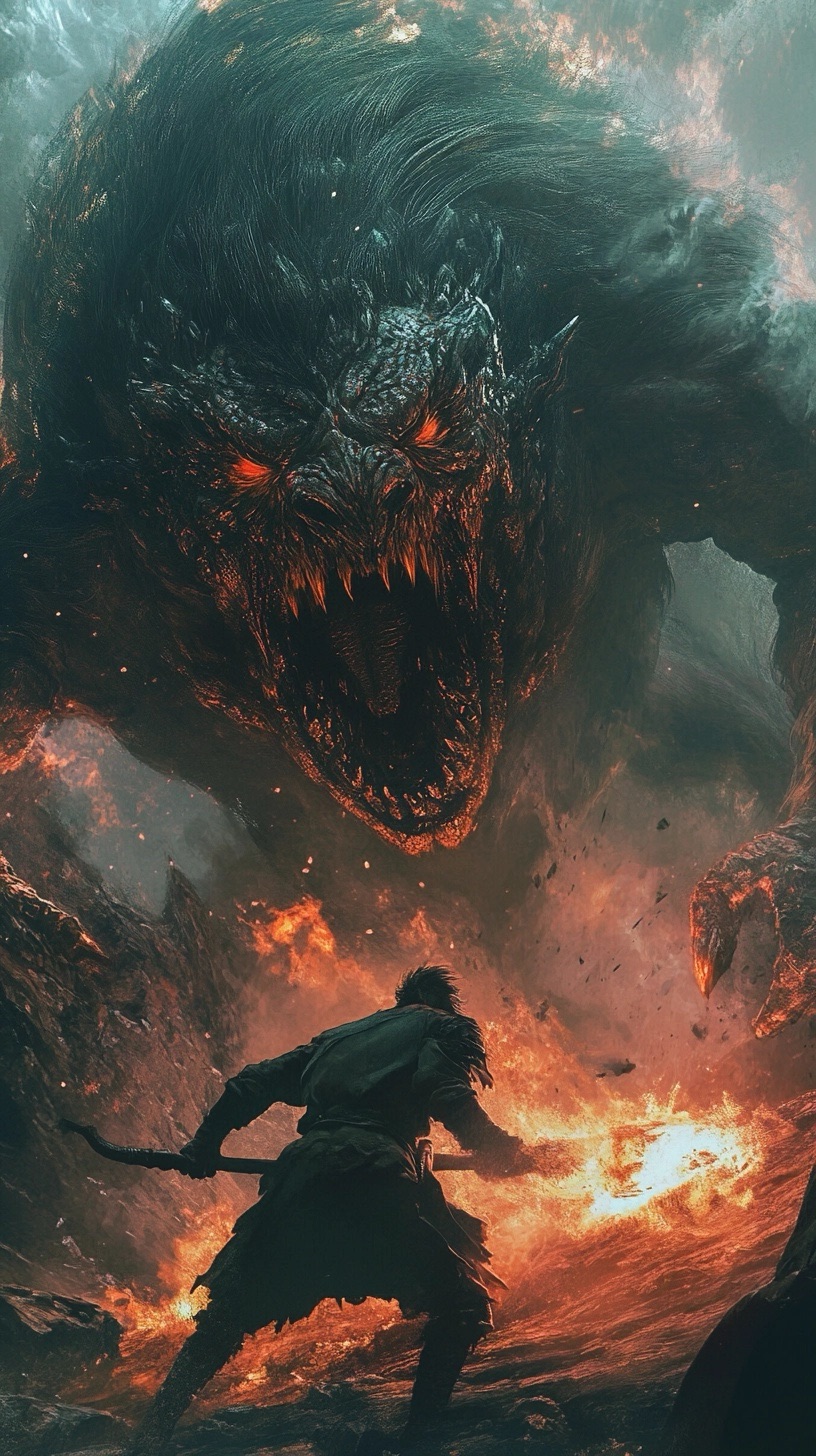
For example, a character who is usually composed and strategic might lose their cool in a fight against a personal enemy, throwing caution to the wind in a reckless bid for revenge. This not only adds drama to the scene but also provides insight into the character’s psyche:
“She charged at him, all reason lost in the red haze of fury. Her usual grace abandoned, she swung wildly, driven by the need to make him pay—no matter the cost. Every punch was a cry for the years lost, every kick a desperate plea for the pain to end.”
This type of scene not only heightens the tension but also deepens the reader’s connection to the character, making the action feel more significant.
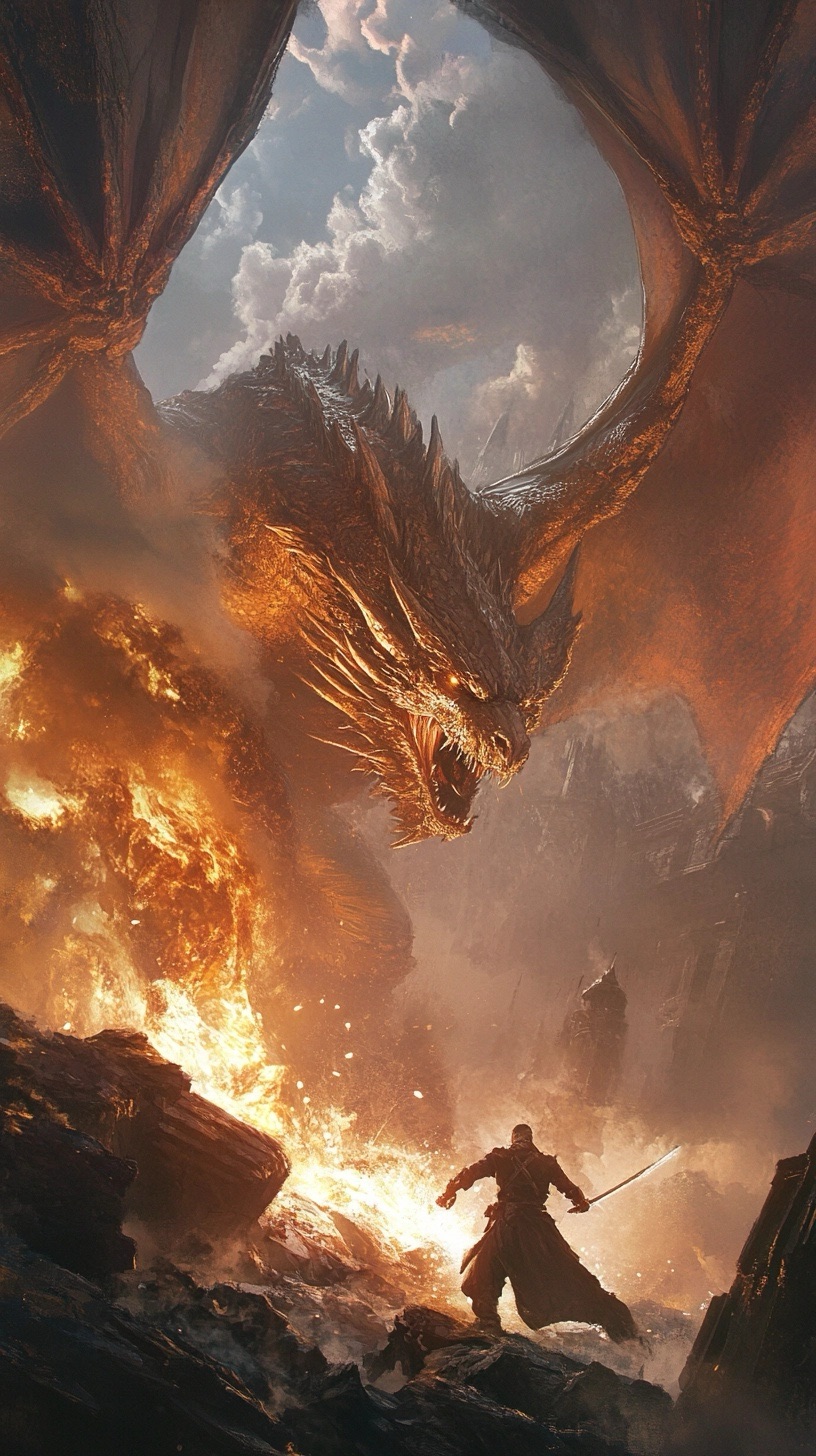
Stakes and Consequences: The Weight of Action
For an action scene to truly resonate, there must be stakes. Whether it’s life and death, the fate of a relationship, or the outcome of a larger conflict, the reader needs to understand what’s at risk. Without stakes, even the most technically proficient action scene can feel hollow.
The consequences of the action should also be addressed. A fight scene that ends without any aftermath—no injuries, no repercussions—can feel inconsequential. The aftermath of a battle, whether it’s the physical toll on the characters or the ripple effects on the story’s world, is often where the true impact of the action is felt.
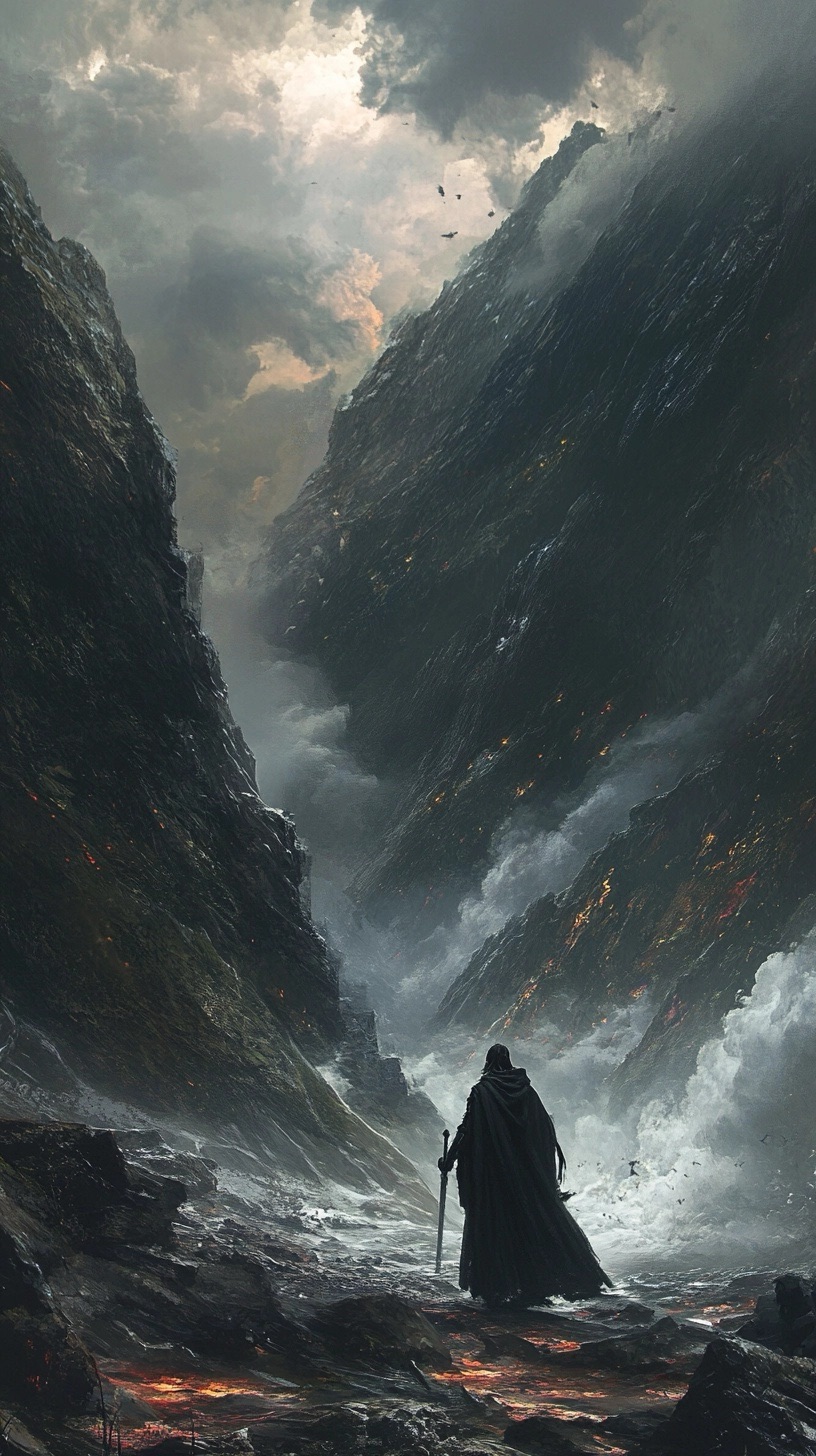
For instance, if a character is wounded in a fight, the pain and limitations imposed by that injury should be explored in subsequent scenes. This not only adds realism but also keeps the tension high, reminding the reader that actions have consequences:
“The knife wound throbbed with every step, a sharp reminder of his narrow escape. He couldn’t afford to rest, but each movement sent a fresh wave of agony through his side. He gritted his teeth and pushed on, knowing that slowing down meant certain death.”
In addition to physical consequences, consider the emotional and moral ramifications. A character who kills for the first time might struggle with guilt or self-loathing, while one who witnesses a friend’s death might be driven by grief or a desire for revenge. These emotional beats are what give action scenes their staying power, lingering in the reader’s mind long after the scene itself has ended.
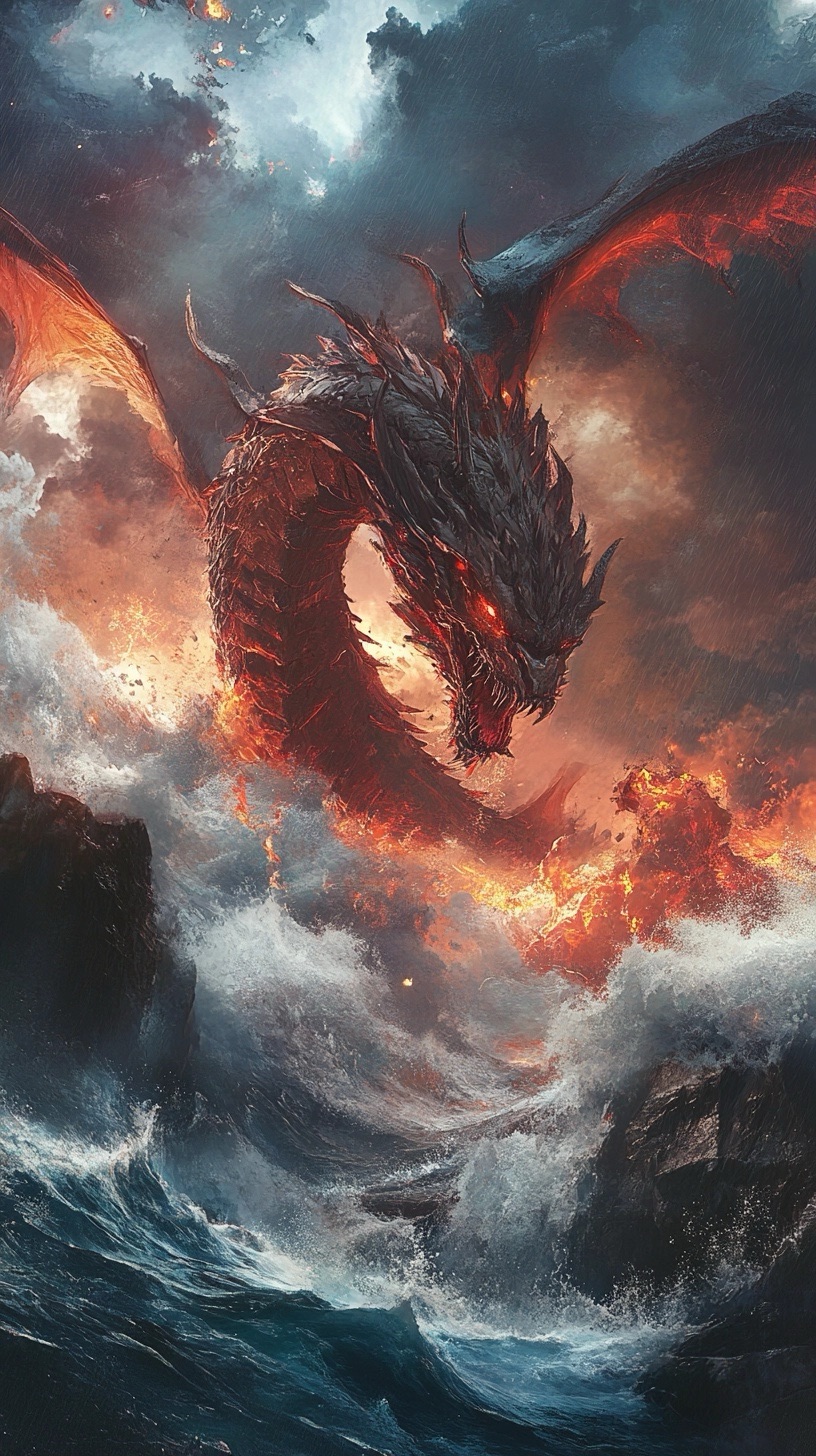
The Cinematic Influence: Borrowing Techniques from Film
Many writers, consciously or unconsciously, draw inspiration from film when crafting action scenes. The visual and kinetic energy of movies can be a valuable reference point, but translating these elements to the page requires careful consideration.
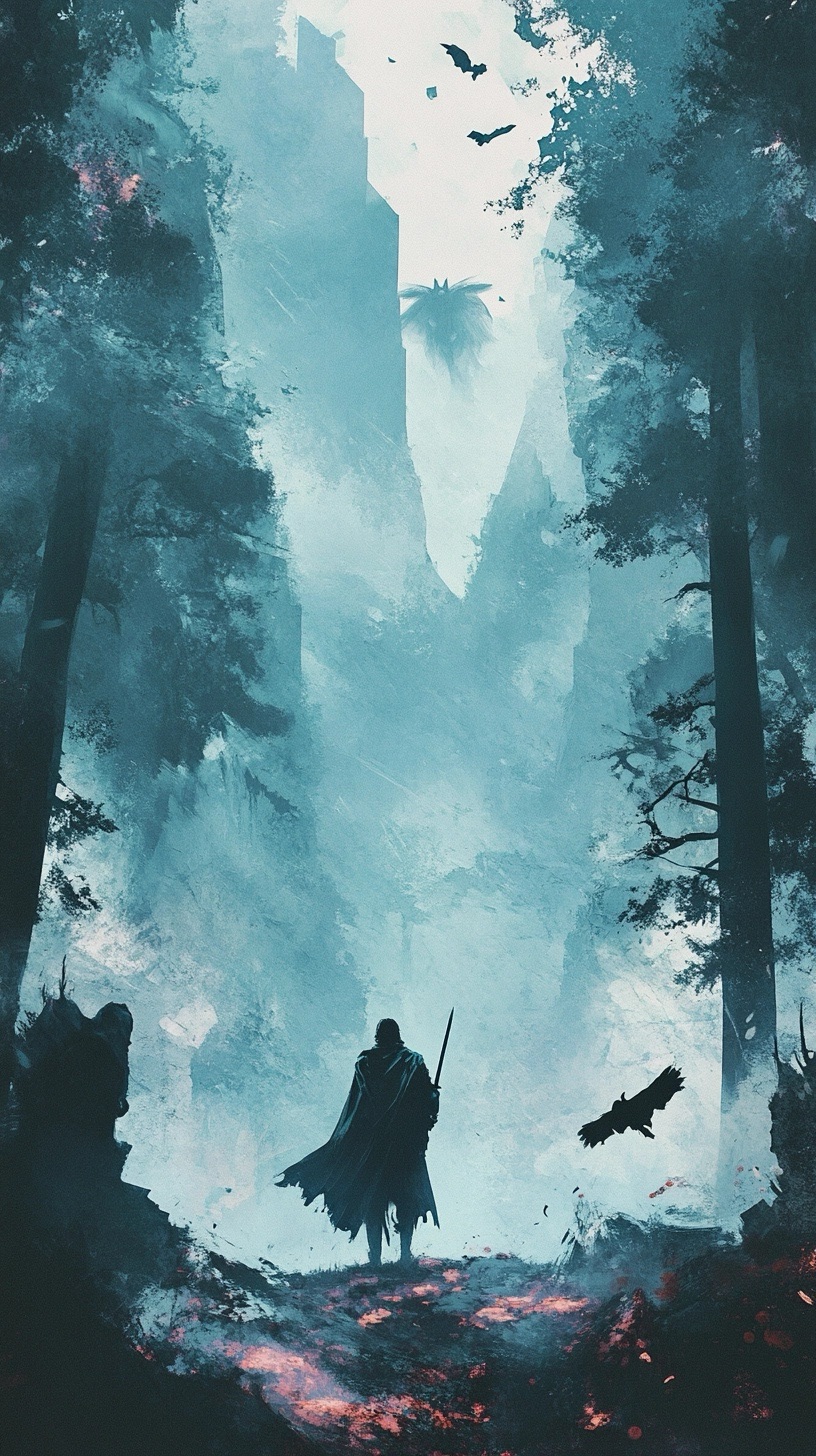
One technique borrowed from film is the use of “cuts”—shifting the reader’s focus quickly between different elements of the scene, much like a director might cut between shots. This can be especially effective in chaotic battle scenes, where multiple things are happening at once. By cutting between perspectives or actions, the writer can convey a sense of simultaneous events without losing clarity:
“He ducked as the sword whistled past his ear. Across the battlefield, he caught a glimpse of her—cornered, outnumbered. His heart pounded. No time to think. He had to reach her. He had to—”
This rapid shifting can create a sense of urgency and immediacy, pulling the reader deeper into the scene.

However, it’s important to balance this with moments of focus, where the reader is allowed to linger on a particular detail or emotion. This creates a rhythm to the scene, preventing it from becoming a blur of action and ensuring that the most important moments land with full impact.
Conclusion: The Craft of Engaging Action
Creating dynamic action scenes in storytelling is a multifaceted challenge. It requires not just a flair for the dramatic but also a deep understanding of pacing, choreography, character, and stakes. By carefully balancing these elements, a writer can craft action scenes that are not only thrilling but also meaningful—scenes that stay with the reader long after the final blow is struck.

At their best, action scenes are more than just moments of physical conflict; they are a crucible in which characters are tested, relationships are forged or broken, and the story itself is propelled forward. By approaching them with intention and creativity, writers can ensure that their action scenes are not just exciting, but unforgettable.
Leave a Reply